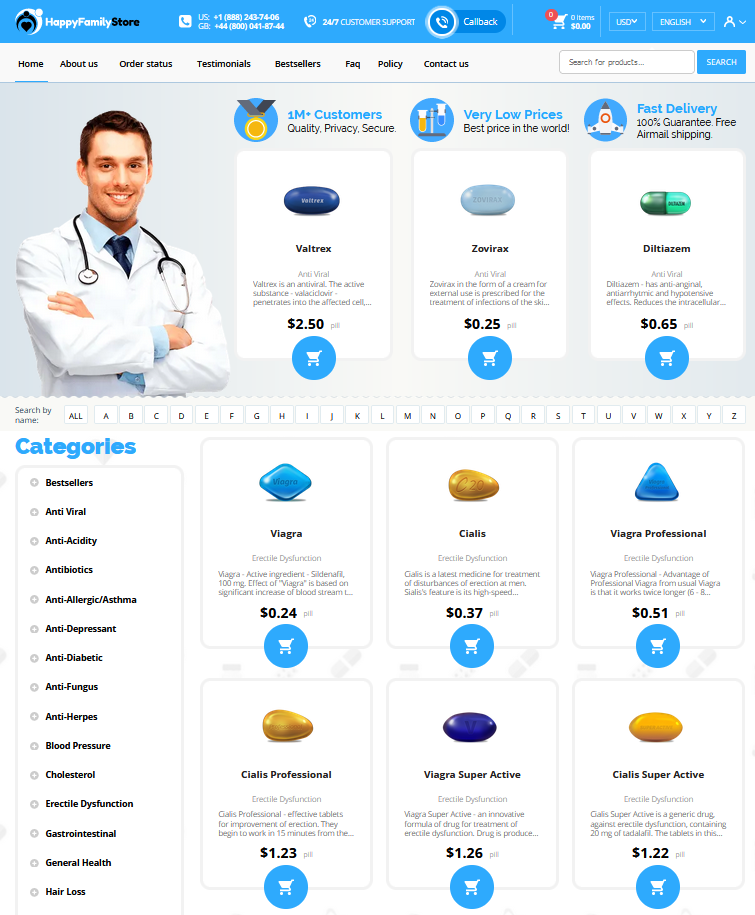 Zanaflex: Precautions and Interactions to Consider
Zanaflex: Precautions and Interactions to Consider
Understanding How Zanaflex Works in the Body
Zanaflex, scientifically known as tizanidine, operates as a short-acting muscle relaxant, primarily within the central nervous system. By inhibiting nerve signals, it eases muscle spasms, making it particularly useful for conditions involving heightened muscle tone. This unique action is accomplished by targeting alpha-2 adrenergic receptors in the brain, which in turn reduces the release of excitatory neurotransmitters. While the main goal is muscle relaxation, understanding its mechanism can help patients appreciate its potential benefits and limitations. Unlike some muscle relaxants, Zanaflex's effects are relatively short-lived, allowing for more targeted management. Due to its direct influence on neurotransmitter activity, patients may also notice its sedative effects, which might interplay with their mental alertness and coordination levels.
| Action |
Effect |
| Targets alpha-2 adrenergic receptors |
Reduces muscle spasms |
| Short-acting |
Allows for controlled dosage |
Recognizing Common Side Effects of Zanaflex

Zanaflex, a muscle relaxant, can come with some notable side effects, which are important to recognize for safe usage. Among the most prevalent are drowsiness and dizziness, which might affect your ability to perform daily tasks requiring full attention, like driving or operating machinery. Furthermore, Zanaflex may cause dry mouth, a common and manageable side effect, but one that can become uncomfortable if persistent. Some individuals may experience a drop in blood pressure, leading to feelings of lightheadedness. While these effects might initially seem daunting, being informed helps in identifying what to expect, allowing for timely discussions with your healthcare provider if they arise.
Key Precautions before Starting Zanaflex Treatment
Before diving into Zanaflex treatment, consulting with a healthcare provider is crucial. Individuals with a history of liver conditions should be particularly cautious, as Zanaflex can affect liver function. Regular liver function tests may be necessary to monitor any potential impact. Additionally, those with low blood pressure should discuss risks with their doctor, as Zanaflex can further lower blood pressure, potentially leading to dizziness or fainting. Individuals should also consider allergic reactions. If you've had allergic responses to medications before, this should be communicated to your healthcare provider. Furthermore, pregnant or breastfeeding women should weigh the benefits and risks since Zanaflex may affect the unborn or nursing child. Moreover, lifestyle factors should be assessed. Ensure that the potential for sedation doesn't impede your daily responsibilities, especially if activities like driving or operating machinery are involved.
Interactions with Other Medications and Substances

When considering Zanaflex, it's crucial to understand how it might interact with other medications. Combining Zanaflex with certain drugs can lead to heightened drowsiness or sedative effects, significantly impacting a patient's daily routine. It's important to avoid combining Zanaflex with other central nervous system depressants, such as benzodiazepines or alcohol, as this could exacerbate these effects. Moreover, some medications, like birth control pills, might slow the breakdown of Zanaflex in the body, leading to increased concentration and potential side effects. Patients should also be cautious when taking blood pressure medications alongside Zanaflex, as the combination might cause a significant drop in blood pressure, leading to dizziness or fainting episodes. Consulting with a healthcare provider is essential to review all current medications and prevent any unwanted complications. By understanding these interactions, patients can ensure they use Zanaflex safely and effectively, minimizing potential risks.
Zanaflex and Its Impact on Daily Activities
Navigating the use of Zanaflex can significantly influence one's routine. As a muscle relaxant, it may induce drowsiness or dizziness, potentially impairing activities requiring full attention, like driving or operating machinery. For individuals leading demanding lifestyles, it’s critical to assess how Zanaflex affects alertness and motor skills. Engaging in cognitive tasks or strenuous physical activity might become challenging. Below is a table summarizing possible impacts: ```html
| Activity |
Potential Impact |
| Driving |
Drowsiness |
| Work Performance |
Reduced Focus |
| Exercise |
Reduced Coordination |
```Adapting one’s schedule to accommodate these effects is crucial for maintaining safety and efficacy during treatment. Users are advised to plan accordingly, allowing time for rest and reducing exposure to potentially hazardous situations.
Safely Managing Dosage and Discontinuation
Navigating the correct dosage of Zanaflex is crucial for ensuring its effectiveness while minimizing potential side effects. Start by adhering meticulously to your healthcare provider's instructions, as individual needs can greatly vary. Avoid abruptly stopping the medication; instead, follow a tailored tapering plan to prevent withdrawal symptoms such as increased muscle spasms or blood pressure spikes. Consistent communication with your doctor is essential, especially if any changes in dosage become necessary. Explore detailed guidelines to further understand Zanaflex's proper use through trusted sources. Read more on the National Center for Biotechnology Information or consult the MedlinePlus health information page.
|